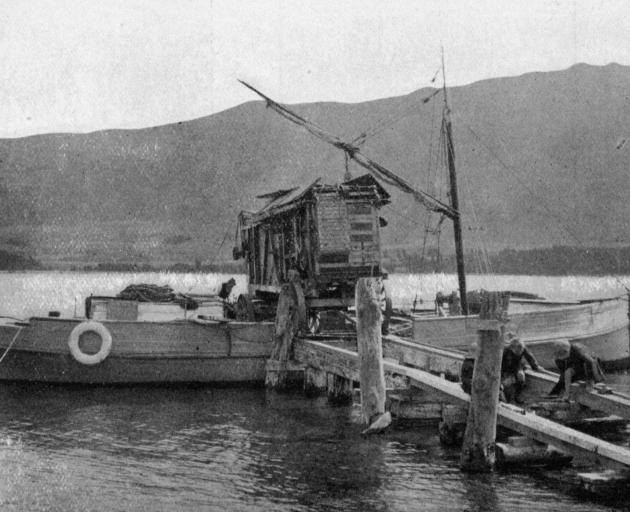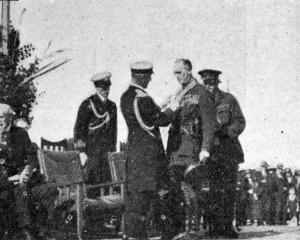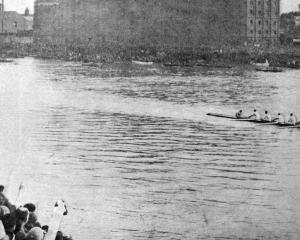
The committee, he said, had been called upon to judge between the claims of the East Taieri and Port Chalmers Churches to be the first Presbyterian Church in Otago outside of Dunedin. There was some confusion as to whether the claim was based on priority of holding of services or priority of the settlement of a minister. Port Chalmers was the first place outside Dunedin where people met to worship. That was perfectly clear. Dr Burns, when first settled in First Church, Dunedin, made periodical visits to Port Chalmers, and held services there. On the other hand, East Taieri was the second sanctioned charge with an ordained minister in Otago. The Rev. W. Will was settled there in 1854, and the Rev. W. Johnstone, the first minister of Port Chalmers, was not settled till 1858. In the opinion of the committee East Taieri was the second settled charge in Otago. The Rev. A. Whyte (Port Chalmers) protested that his session had not had opportunity to be represented before the committee when it was considering the matter. The Rev. A. W. Kinmont (East Taieri) said he had no wish to take any kind of advantage of Port Chalmers. He desired that the matter should be gone into most fully. The Clerk of Presbytery (the Rev. J. Kilpatrick) said there could be no doubt that East Taieri was the second charge. The Rev. W. F. Evans said the committee had gone into the matter very fully. The thing was perfectly clear. If it was a matter of people meeting together for worship Port Chalmers was first, and if it was the second charge that was in dispute then East Taieri had it. The Rev. G. H. Balfour said that the matter was far too small to be discussed in Presbytery. He moved that it be referred back to the committee, which could hear parties if it wished to do so. The Rev. W. Trotter moved as an amendment that the committee be thanked for its diligence, and be instructed to proceed no further in the matter. The Rev. A. M. Finlayson, seconded the amendment. Mr Balfour's motion was carried by 15 votes to 11.
Harvest progressing
Harvesting operations in South Otago and Southland are general. One can now see the work in all its stages, from the reaping to the carting of the grain to the railway station, although very little of the latter has yet been done. The bulk of the crops look exceedingly well in the stook, the stalks being unusually well headed. Not a great deal of wheat has been thrashed yet, most growers preferring to allow this cereal to harden in the stack before putting it through the mill. A fair amount of oats has, however, been threshed, and the yield, generally, is highly gratifying. What looked like an average crop of Garton oats has yielded from 56 to 60 bushels. The crop, too, is an economical one to handle, as the straw is only of average length. The grain is an excellent sample, and, if one may judge from what has already been threshed, it will practically all be graded A. The crops in Southland are above the average, and the yield is likely to be heavy even for that province, which is noted for its consistently heavy cereal crops, more particularly oats. What appears to be an excellent crop of oats on Mr Donald Macdonald's Edendale estate has just been threshed out of the stook. There is almost an entire absence of rust among what may be called the main crops, although some of the very late crops have been attacked. - ODT, 6.3.1918.












